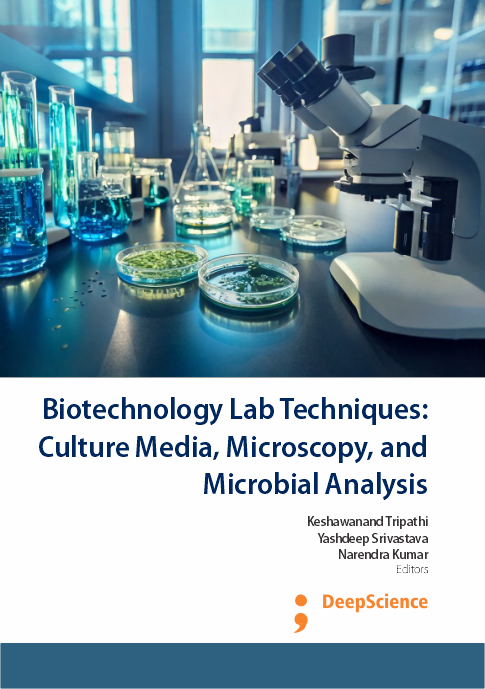Isolation of bacterial chromosomal DNA: principles, techniques, and analytical applications
Synopsis
The isolation of bacterial DNA involves several crucial steps, including lysozyme breakdown of the cell wall, detergent lysis, disruption of protein-nucleic acid complexes, and phenol: chloroform extraction for protein removal (Doyle, and Doyle, 1990; Tripathi et al., 2018). Alternative techniques utilizing guanidine hydrochloride have been effective against species resistant to detergent lysis, such as mycobacteria. However, the extraction process can be influenced by cell physiological conditions, which may inhibit lysis or result in the production of substantial quantities of extracellular polysaccharides or glycocalyx material (Sambrook and Russell, 2001; Srivastava et al., 2022). Utilizing extremely young cultures is potentially effective, albeit requiring substantial quantities to obtain sufficient cells. The boiling technique, though expedient, yields DNA with minimal purity, suitable for PCR reactions (Wilson, and Walker, 2010; Tripathi et al., 2013a,b). Typically, these techniques start with liquid cultures but can be adapted for cells cultivated on solid media by resuspending them in an appropriate buffer. Cultures grown on solid media are more prone to encountering difficulties due to increased extracellular material production.














